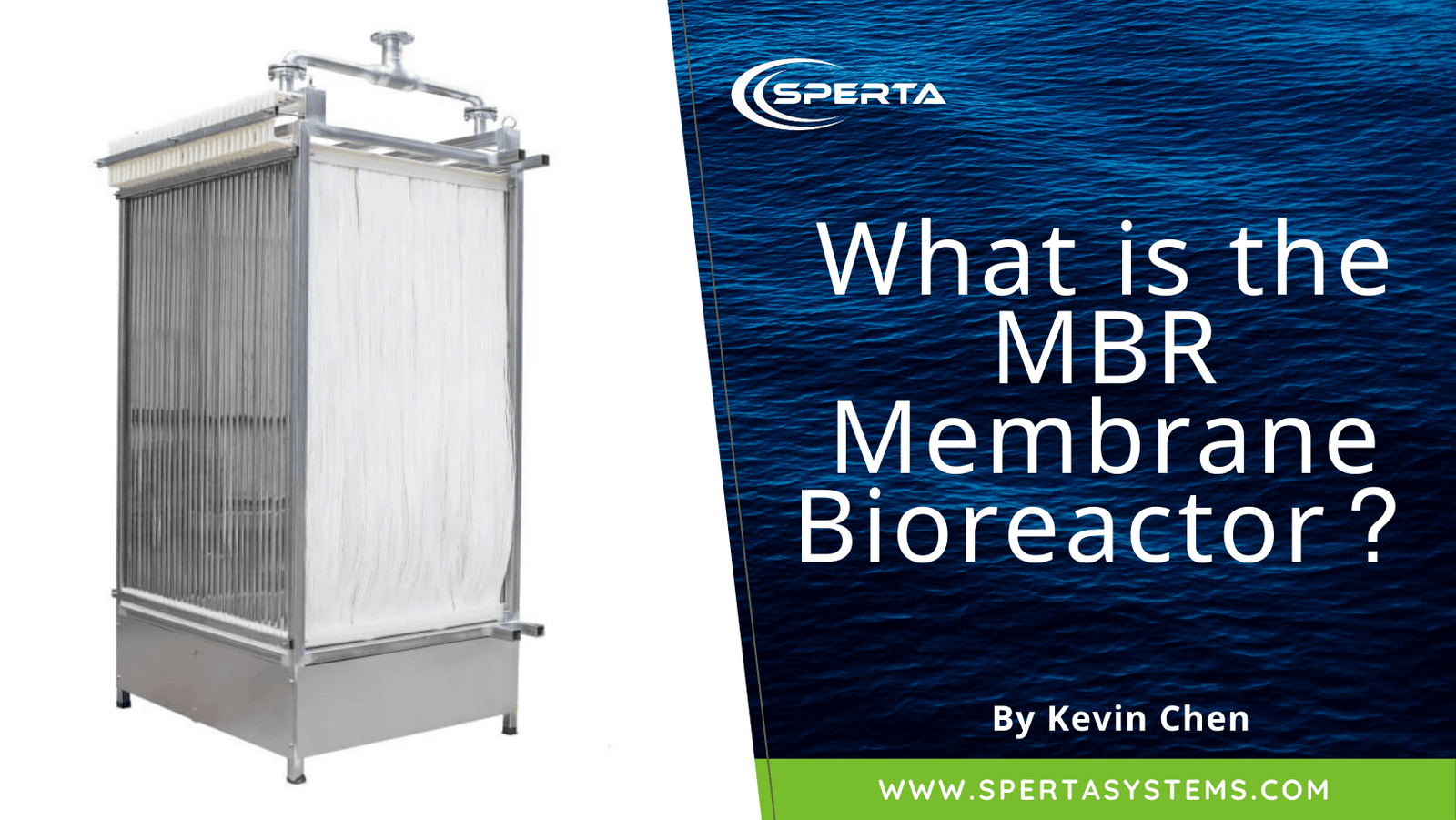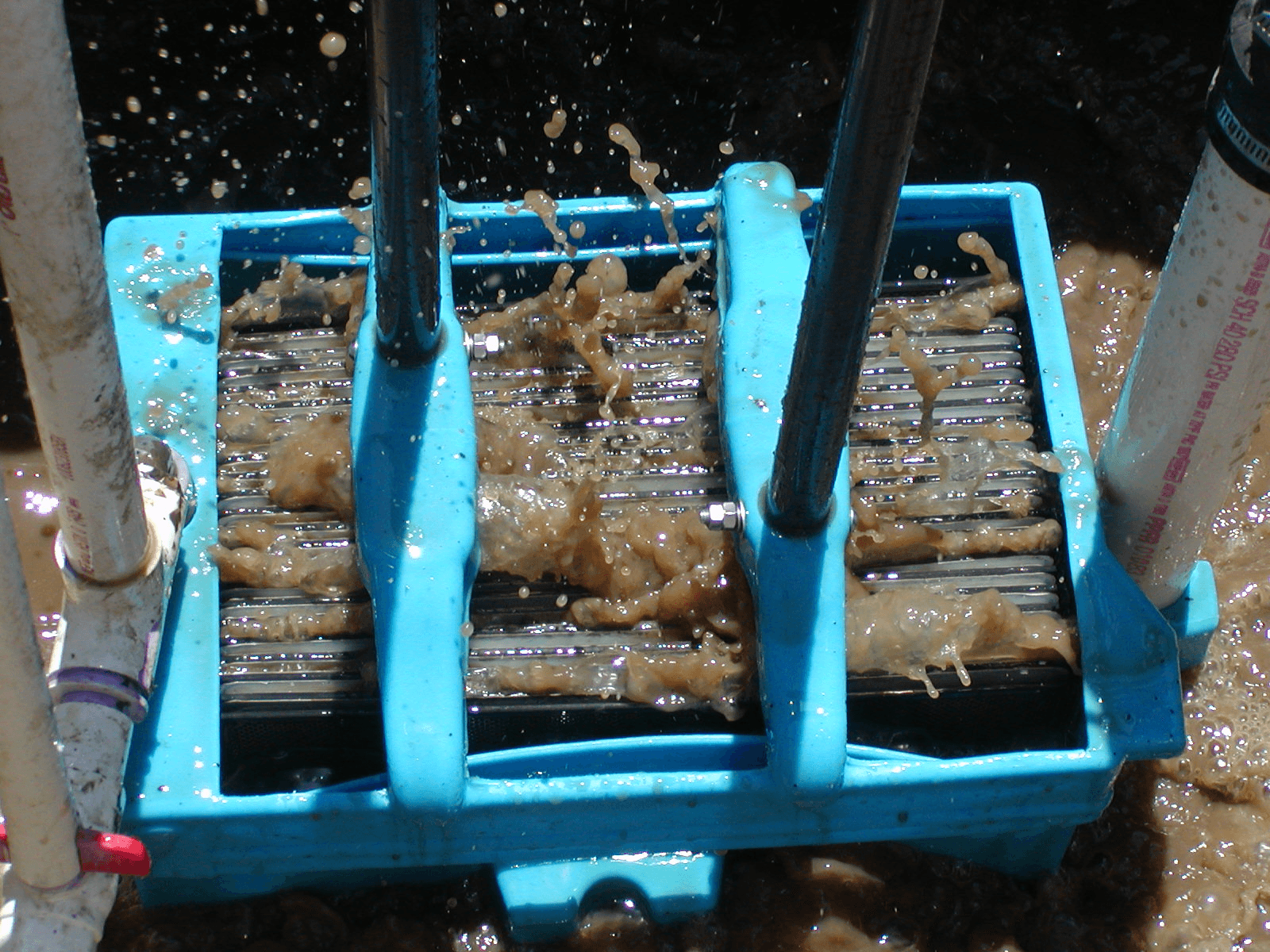Recognizing Membrane Bioreactors: The Future of Wastewater Therapy
Membrane bioreactors (MBRs) stand for a noteworthy development in the area of wastewater treatment, incorporating biological procedures with advanced membrane purification to improve effluent top quality. As worldwide water deficiency and rigid regulatory frameworks come to be progressively pushing issues, MBR innovation supplies an efficient feedback through its capability to lessen footprint and enhance source recovery. The adoption of MBRs is not without its difficulties, which merit mindful consideration. What are the crucial variables influencing their application and lasting viability in various contexts? The responses might improve our approach to wastewater management.
What Are Membrane Layer Bioreactors?

The core elements of MBR systems consist of a bioreactor where microbial activity happens and a membrane layer device that filters the blended alcohol. This twin functionality allows the synchronised degradation of raw material and solid-liquid splitting up in a solitary step. MBRs can operate in both submerged and external setups, with immersed systems being extra common due to their small style and functional performance.
The adoption of MBR technology has gotten grip in numerous applications, ranging from metropolitan wastewater therapy to commercial effluent management. MBRs are particularly beneficial in situations where area is rigorous or limited effluent quality standards should be satisfied. By keeping a high focus of microbes within the bioreactor, MBRs boost the destruction of natural toxins, therefore generating greater therapy effectiveness contrasted to standard techniques.
Trick Advantages of MBR Modern Technology
The assimilation of organic therapy with membrane filtering in MBR systems provides numerous advantages that establish it in addition to standard wastewater therapy techniques. One of the primary benefits is the boosted effluent top quality. MBRs successfully eliminate suspended pathogens and solids, attaining greater levels of filtration that satisfy strict discharge standards and facilitate water reuse applications.

An additional substantial benefit is the lowered sludge manufacturing. MBR systems create much less excess sludge, bring about reduced disposal prices and a decline in environmental impact. The closed nature of the membrane system minimizes the risk of smell exhausts and boosts total procedure control.
Finally, MBRs are flexible and adaptable, making them suitable for various wastewater kinds, consisting of industrial and local sources. The ability to incorporate with innovative treatment innovations additionally boosts their performance, making MBRs a promising solution for the future of wastewater monitoring.
Obstacles and Limitations of MBRs
While MBR innovation provides numerous benefits, it additionally deals with several challenges and constraints that can affect its widespread fostering. One substantial difficulty is the high capital and functional expenses connected with MBR systems. The first financial investment for membrane products and the needed infrastructure can be significant, making it much less available pop over to this web-site for smaller sized communities or markets.
Additionally, membrane layer fouling stays a crucial problem that can decrease system efficiency and boost upkeep demands. Fouling takes place when solids, organic issue, or bacteria accumulate on the membrane layer surface, causing decreased leaks in the structure and requiring constant cleaning or substitute.
An additional constraint includes the intricacy of the technology. MBR systems call for experienced employees for operation and upkeep, which can be an obstacle in regions with minimal technical experience. Additionally, the disposal of invested membranes provides ecological problems, as the materials are commonly not naturally degradable and can add to lose management difficulties.
Lastly, while MBRs can efficiently deal with a vast array of wastewater, they may not be appropriate for all applications, specifically those with high concentrations of fats, oils, and greases, requiring additional study and innovation to deal with these restrictions.
Applications of Membrane Layer Bioreactors
In numerous fields, membrane bioreactors (MBRs) have actually emerged as a versatile service for wastewater treatment (Membrane Bioreactor). Their applications cover metropolitan, commercial, and farming setups, showcasing their adaptability and effectiveness in diverse environments. In community wastewater treatment plants, MBRs substantially improve effluent high quality, permitting for water reuse and decreasing the environmental effect of discharged wastewater
Industrially, MBRs are utilized in food and beverage processing, textile manufacturing, and pharmaceutical production, where they effectively treat high-strength waste streams. Their capacity to handle fluctuating loads and differing pollutant concentrations makes them especially useful in these markets. Furthermore, MBRs help with the removal of pathogens, put on hold solids, and raw material, adding to compliance with stringent discharge laws.
In farming, MBRs are progressively utilized for treating farming drainage and livestock wastewater, enabling the recuperation of nutrients for plant food production. They also help in the therapy of greywater for irrigation, advertising lasting water administration practices.
The convenience of MBRs is more confirmed by their integration with various other innovations, such as anaerobic digestion and progressed oxidation procedures, improving overall efficiency and resource recovery in wastewater therapy systems.
The Future of Wastewater Treatment
Advancements in modern technology and a growing focus on sustainability are forming the future of wastewater treatment. Membrane layer bioreactors (MBRs) exemplify this change by integrating organic therapy processes with membrane layer filtering, resulting in high-grade effluent appropriate for reuse. The trend in the direction of circular economic situations is prompting centers to adopt MBRs for read this their capacity to recuperate sources, such as water and nutrients, from wastewater.
Developments in membrane layer materials and arrangement are improving the performance and durability of MBR systems, decreasing operational expenses and power usage. Smart modern technology integration, consisting of real-time monitoring and automated control systems, is additional maximizing performance and making it possible for predictive maintenance, hence reducing downtime.
In addition, societal expectations and governing pressures are pushing districts and industries to adopt more lasting practices. Membrane Bioreactor. The shift in the direction of decentralized wastewater therapy solutions is acquiring grip, permitting localized treatment that lowers transportation expenses and power usage
Conclusion
Membrane bioreactors (MBRs) represent a transformative technique to wastewater therapy, integrating biological he has a good point processes with sophisticated membrane layer modern technology. The advantages of MBRs, including improved effluent high quality, lowered spatial requirements, and lower sludge production, position them as a feasible remedy amidst growing urbanization and stricter environmental regulations. Regardless of existing challenges, the continued development in membrane materials and operational techniques guarantees to reinforce the efficacy and fostering of MBRs, guaranteeing their essential duty in the future of lasting wastewater monitoring.
Membrane layer bioreactors (MBRs) stand for a significant technology in the area of wastewater therapy, incorporating organic processes with sophisticated membrane layer filtering to improve effluent high quality.Membrane bioreactors (MBRs) integrate biological treatment processes with membrane layer purification to properly deal with wastewater.The combination of biological treatment with membrane purification in MBR systems supplies countless benefits that set it apart from traditional wastewater treatment approaches. Membrane layer bioreactors (MBRs) exemplify this shift by integrating organic therapy processes with membrane purification, resulting in high-grade effluent ideal for reuse.Membrane bioreactors (MBRs) represent a transformative approach to wastewater therapy, integrating biological procedures with sophisticated membrane layer innovation.
Comments on “Membrane Bioreactor as a Sustainable Solution for High-Volume Wastewater Treatment”